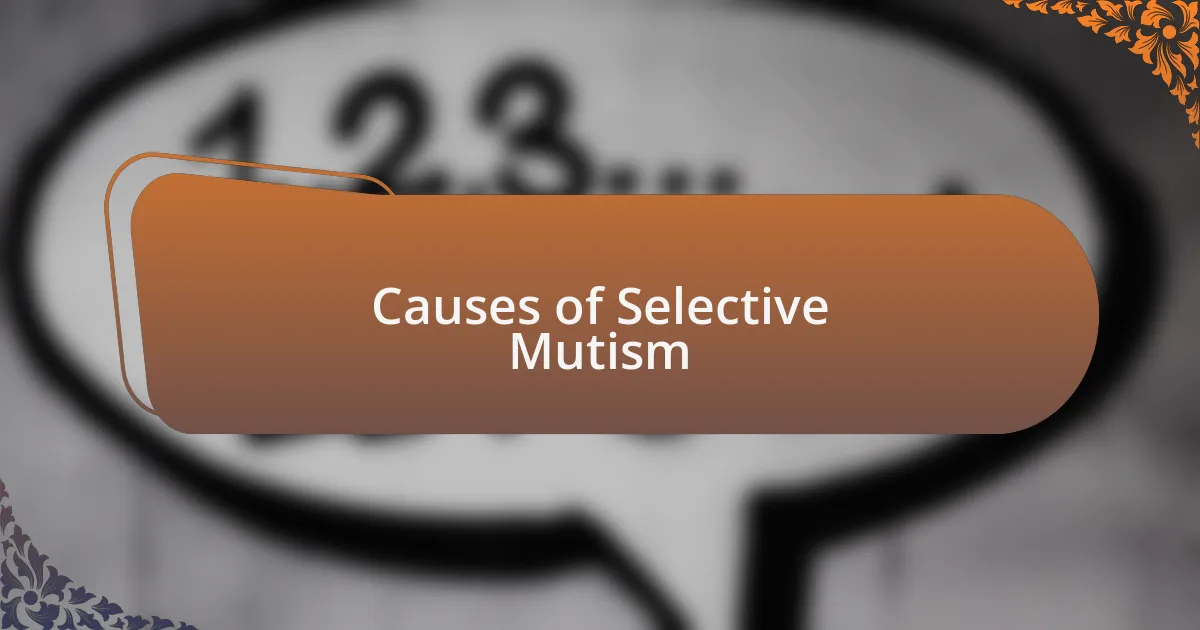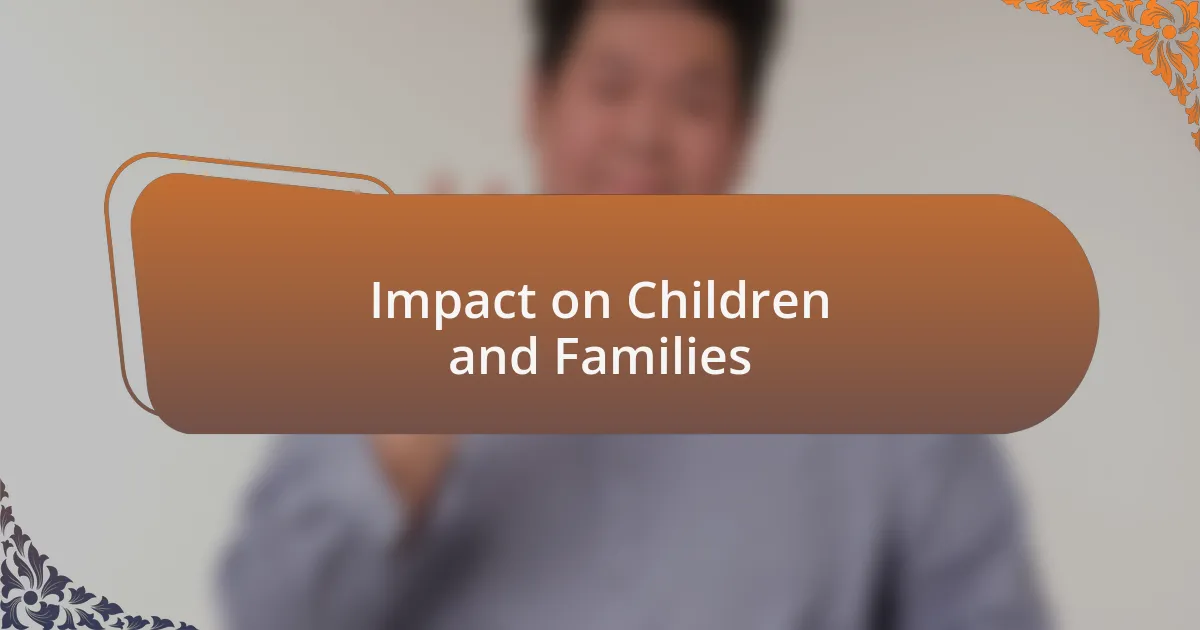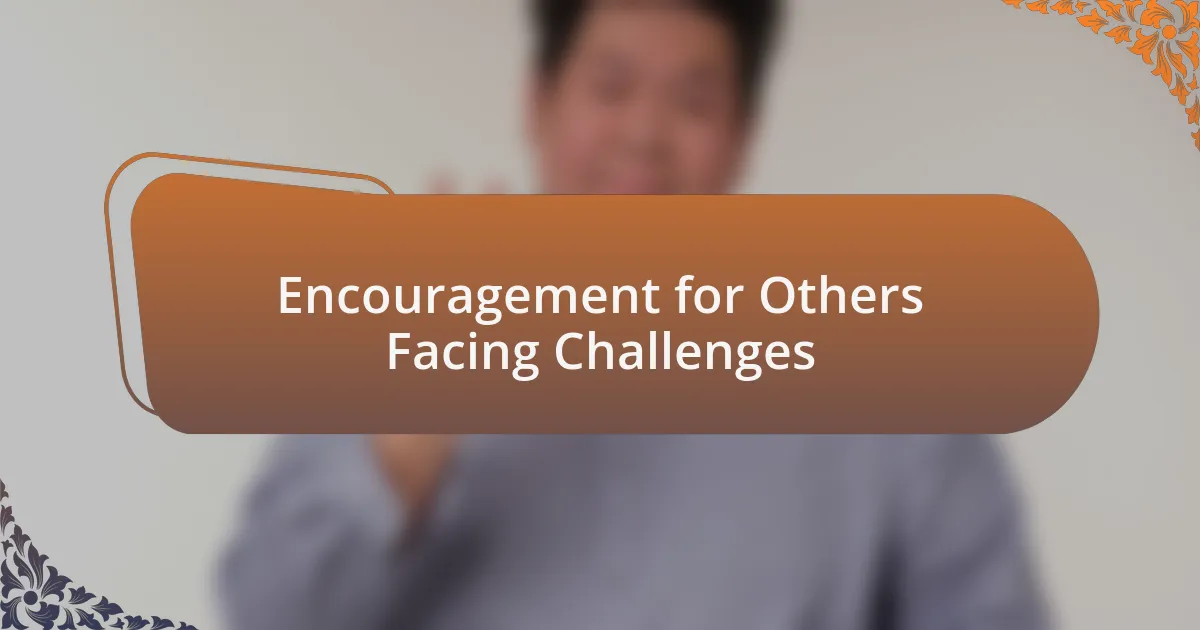Key takeaways:
- Selective mutism is a childhood anxiety disorder that causes difficulty in speaking in specific social situations, affecting relationships and learning.
- Understanding the causes of selective mutism involves recognizing genetic, environmental, and psychological factors, encouraging empathy and support.
- Strategies such as deep breathing, preparation, and sharing feelings with trusted individuals can help manage anxiety in social situations.
- Celebrating small victories and embracing unique journeys is essential for building confidence and resilience in overcoming speech fears.

Understanding Selective Mutism
Selective mutism is a complex childhood anxiety disorder that makes it difficult for some children to speak in certain social settings, such as school. I remember vividly the sheer panic I felt sitting in class, surrounded by peers who easily engaged with the teacher. Isn’t it heartbreaking to think of the stories and thoughts locked inside us, yearning to be shared but silenced by fear?
The condition impacts not only the child but also the dynamics of relationships and learning. I often found myself nodding along during discussions, wanting desperately to contribute but feeling paralyzed by anxiety. How many kids out there are going through similar experiences, feeling isolated in their silence while striving for connection?
Understanding selective mutism goes beyond just recognizing the silent struggle; it involves compassion and support from teachers and peers alike. Reflecting on my journey, I realized how vital it was for someone to acknowledge my feelings. Can we create an environment where every child feels safe to speak, or at least take the first step towards that goal?

Causes of Selective Mutism
Selective mutism often arises from a blend of genetic, environmental, and psychological factors. I remember my own struggles; it was as if a heavy blanket of anxiety was wrapped around me, especially in unfamiliar settings. Was it just my innate temperament, or were external pressures contributing to my silence? Researchers suggest that these kids may have a family history of anxiety disorders, which can create a perfect storm for developing selective mutism.
Environmental factors can also play a crucial role in this condition. In my experience, a stressful transition, like moving to a new school, heightened my nervousness and revealed my mutism more prominently. I wondered if other children felt that same pressure when stepping into an unknown environment, overwhelmed by expectations and the need to perform socially. It’s as if the fear of judgment cast a shadow over their voices, silencing thoughts that would otherwise flourish in a supportive atmosphere.
Lastly, psychological triggers can vary widely from child to child. Sometimes, the very thought of speaking in class brought a wave of tension that seemed insurmountable. I recall instances when my heart raced, and my mind went blank as soon as I was called upon. How can we address these triggers collectively, recognizing their individual nature while fostering understanding and empathy among peers? Acknowledging these underlying causes is essential in navigating the journey to find our voices.

Impact on Children and Families
Navigating selective mutism creates significant ripples in the lives of children and their families. I remember watching my parents’ frustration turn to worry as they tried to coax words out of me during family gatherings. Their helplessness was palpable; conversations often shifted from light topics to discussions about my silence. How could such a simple act—speaking—cause so much distress in our home?
The emotional toll on families can be immense, too. Siblings or peers might struggle to understand why their brother or sister doesn’t respond in social situations, leading to feelings of confusion or even resentment. I often wondered if my silence made my siblings feel ignored or isolated. They certainly deserved my voice, yet there I was, trapped in my world of anxiety. It raises a heart-wrenching question: how do families bridge the gap between their loved ones’ silence and their need for connection?
As time went on, my family learned to adapt, transforming our interactions to accommodate my needs. We found ways to engage that didn’t rely on verbal communication, using art and gestures instead. Ultimately, I realized that while selective mutism shaped our experiences, it also brought us closer in unexpected ways. Isn’t it fascinating how adversity can lead to deeper understanding and resilience within a family?

Strategies for Overcoming Anxiety
Finding strategies to manage anxiety in social situations can be a game-changer. I recall one moment in school when I was asked to share my project in front of the class. The butterflies in my stomach felt like they were hosting a party! To calm those nerves, I practiced deep breathing in the bathroom, just a few minutes before my turn. Something as simple as inhaling slowly and exhaling helped ground me, allowing a sliver of confidence to inch its way in.
In another instance, I discovered that preparing in advance can work wonders. I would write down key points or even rehearse what I wanted to say with my parents at home. This practice not only boosted my confidence but also helped me feel more connected to the words I needed to share, making the actual speaking moment less daunting. Have you ever noticed how familiarity can transform fear into comfort?
Lastly, I found that sharing my feelings with someone I trusted made an enormous difference. I opened up to a close friend about my struggles, and surprisingly, I realized I wasn’t alone in this fight. Her empathy and support gave me a sense of belonging that slowly chipped away at my anxiety. Isn’t it remarkable how sharing our fears can lighten the load just a bit?

Tips for Speaking in Class
When breaking the ice in class, I often found that starting with a friendly smile can work wonders. It’s amazing how that simple gesture not only calms my nerves but also invites a more positive response from my classmates. Have you ever noticed how a smile can turn an intimidating environment into a more approachable one?
Another tip that helped me was to choose the right moment to speak up. Sometimes, I’ll wait for a pause in the conversation or for the teacher to directly ask for my input. I remember one time, when I saw my peers engaged in a discussion, I took a deep breath and chipped in with my thoughts. Surprisingly, this not only encouraged me but also sparked a genuine discussion. Timing truly can be everything!
Lastly, I embraced the power of gradual exposure. My first attempts to speak in class were small, like answering one-word questions. Over time, I built up to sharing longer thoughts and ideas. Reflecting back, it’s remarkable how these little steps led to significant growth for me. What small step could you take to start your journey in speaking more?

Encouragement for Others Facing Challenges
When I faced challenges in speaking up, I often found strength in the shared experiences of others. Hearing stories from fellow classmates who struggled with the same fears made me realize that I wasn’t alone. Have you ever felt the warmth of community support? It can be a powerful motivator to keep pushing forward.
There were days when self-doubt crept in, and I questioned if I would ever find my voice. But I learned to celebrate the small wins—like finally speaking during a group project. Each time I took that leap, I felt a bit braver, reminding myself that progress is not always linear. What moments have you had that made you feel a sense of achievement, no matter how small?
It’s important to remember that each journey is unique, and comparison can sometimes be discouraging. Embracing my individual path helped me appreciate my growth over time. Every step, no matter how tiny, contributed to my resilience. In your own journey, what small victories can you acknowledge that will encourage you to keep going?